
Police have revived the 29-year-old investigation into the disappearance of Kevin Collins, one of the first kids to be featured on a milk carton, after finding skeletal remains in the basement of a suspected sexual predator. From Etan Patz to Madeleine McCann, see other unsolved mysteries that have long haunted our memories.
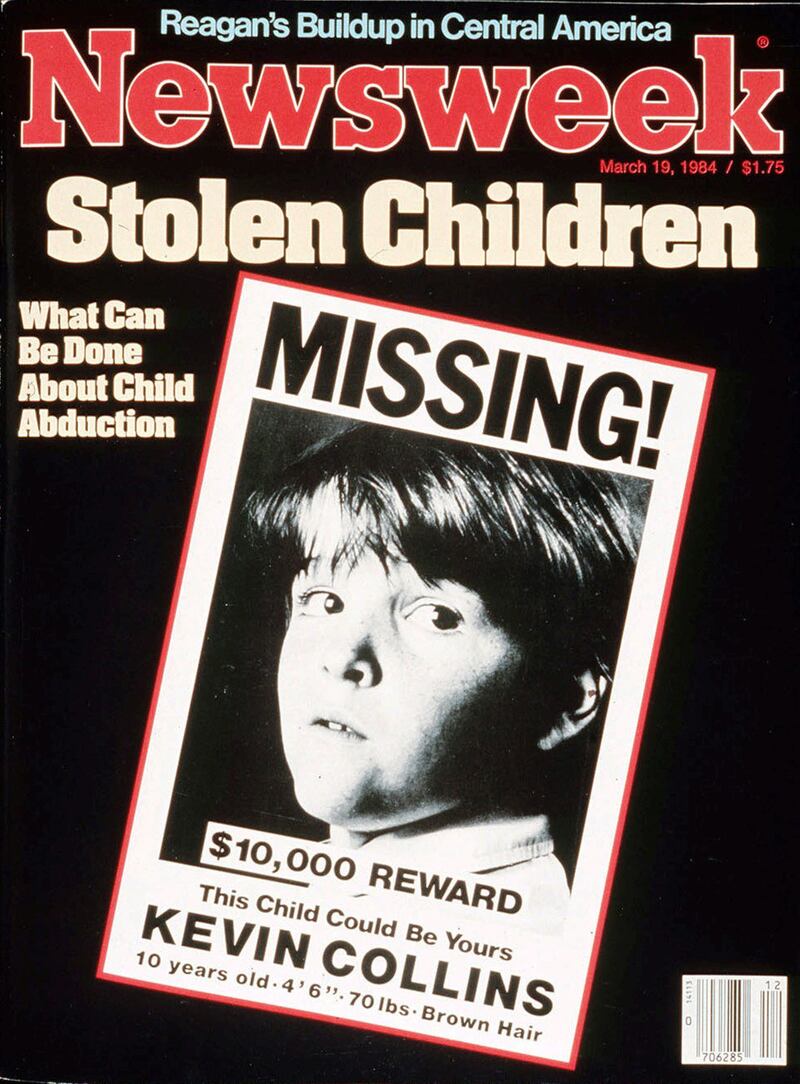
On almost the 29th anniversary to the day he went missing, San Francisco police announced on Wednesday that they were reopening the investigation into what happened to Kevin Collins, 10, who disappeared on February 10, 1984. Police said they had sent cadaver dogs and were using jackhammers to search the basement of a house belonging to Wayne Jackson, a man whom they had questioned days after Kevin’s disappearance. Jackson, who died in 2008, had been going by four other names, and police have now uncovered that he had a history of sex crimes against children. Jackson lived across the street from the grammar school that Kevin attended—and he fits the description of a 6-foot-tall blond man who was last seen with the boy. Kevin was one of the first kids to be featured on milk cartons and national magazines—Newsweek ran a cover story about him in 1984 with the headline “Stolen Children”—and San Francisco Police Chief Greg Suhr said at a press conference on Wednesday that the case still “haunts” the police department and the whole city.
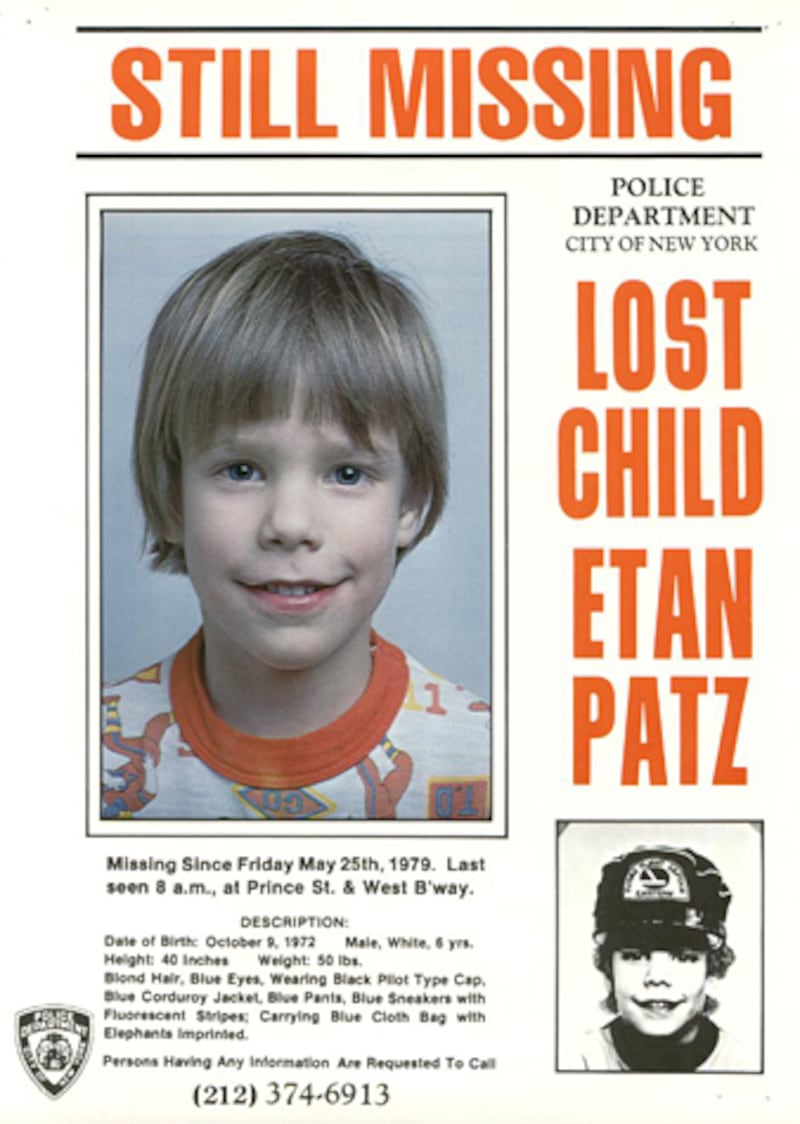
Thirty-three years after Etan Patz vanished, a man named Pedro Hernandez admitted to police that he killed the 6-year-old. A stockboy at a neighborhood bodega, Hernandez claimed he had lured Patz with a soda into the basement and then allegedly strangled him. Until Hernandez confessed, the case had been one of the most famous cold cases in hsitory. Just one month before Hernandez confessed, the New York City Police Department and the FBI searched the New York City basement workshop of a handyman, Othneil Miller, who allegedly gave the boy a dollar the day before he vanished and then poured fresh concrete on his floor shortly thereafter. Investigators were urged by Patz’s mother to conduct the search after a cadaver dog indicated the presence of human remains in Miller’s former workshop. But after digging up the concrete floor of the SoHo basement, officials said they had recovered no human remains. Investigators had previously believed Patz was killed by José Antonio Ramos, a convicted child molester who confessed to having sex with a boy he was 90 percent certain was Patz, but insisted he then put the child “on the subway.” In a civil suit filed by the Patz family, a Manhattan judge declared Patz legally dead in 2004 and declared Ramos responsible. Later this year Ramos will be released from prison after completing a 20-year-sentence for molesting another child.
New York City Police Department / AP Photo
In 2007 4-year-old Madeleine McCann disappeared while her family vacationed in the Portugal. Her parents had gone out to dinner at a restaurant about 130 yards away while Madeleine and her twin siblings slept at an apartment with the patio doors unlocked, and during one of the parents’ routine checks on the children, Kate McCann noticed Madeleine missing and a window open. One of the couple’s friends said immediately that she had seen a man “carrying a girl” in pink pajamas, but within a few hours, police called off the physical search for Madeleine. The McCanns launched a publicity campaign to keep Madeleine in the public eye, and the case captivated Britain—even for years afterward. In April 2012, almost exactly five years to the day after her disappearance, Scotland Yard’s chief investigator Andy Redwood said he “genuinely believed” that Madeleine is still alive—and police said they were reopening the case after spending a year sifting though evidence from a Portuguese inquiry. Police also released an image of how they believed the now-nine-year-old Madeleine would look.
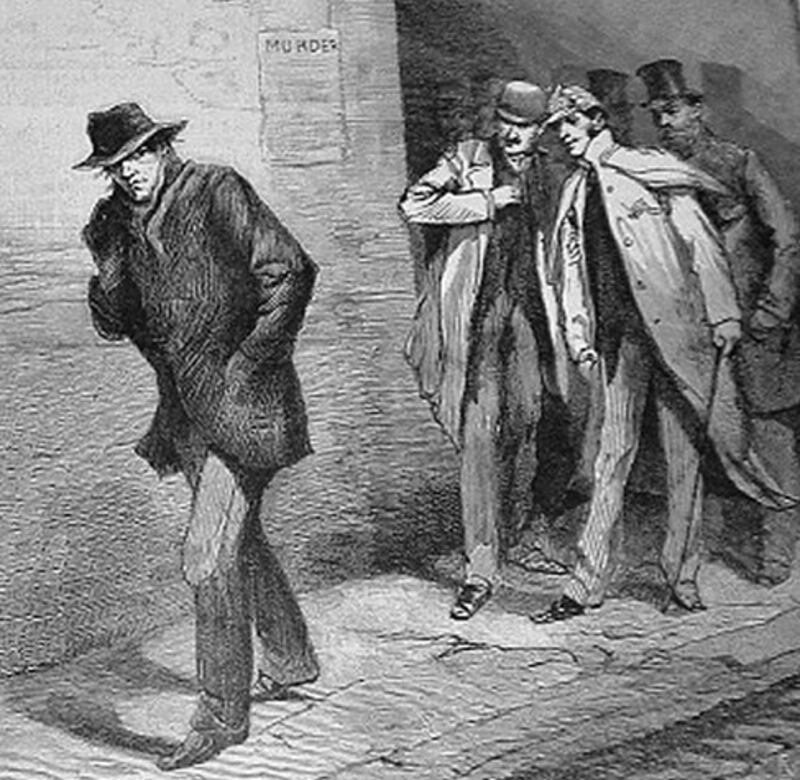
The gruesome legend of Jack the Ripper, Britain’s notorious serial killer, remains one of crime’s most confounding unsolved mysteries, more than 100 years after the bloody remains of his first victim were found. Though his killing spree lasted only two months, Jack the Ripper is believed to have slain five women in London’s Whitechapel district—then the equivalent of a red-light district—targeting prostitutes just as they exposed themselves to him. Most of the victims were believed to be inebriated when the Ripper cut their throats and disemboweled them with the precision of a surgeon. A news agency received a chilling letter signed “Jack the Ripper” not long after the murder of the second victim, Annie Chapman, though the missive was widely believed to be written by a tabloid journalist. Several possible suspects were identified, but the killings mysteriously ended in November 1888, and no one was ever convicted in the crimes.
Illustrated London News
In January 1947, 22-year-old Elizabeth Short was found dead in an empty parking lot in a Los Angeles suburb, naked and cut in half at her torso. An actress, Short had black hair and a penchant for wearing back attire that earned her the nickname “Black Dahlia,” which derived from a 1940s noir film, The Blue Dahlia. The letters “BD” were carved into one of her thighs and her mouth and other parts of her body were mutilated. Police discovered that Short had moved to Los Angeles at age 19 with dreams of becoming a movie star that never fully materialized. She had a few small roles but earned her money as a waitress, model, and, rumor had it, a prostitute. Short’s promiscuous lifestyle turned out to be largely fabricated by the press, however; a coroner’s report found that she had a genital defect rendering her incapable of having sexual intercourse. Her grisly murder remains unsolved to this day.
AP Photo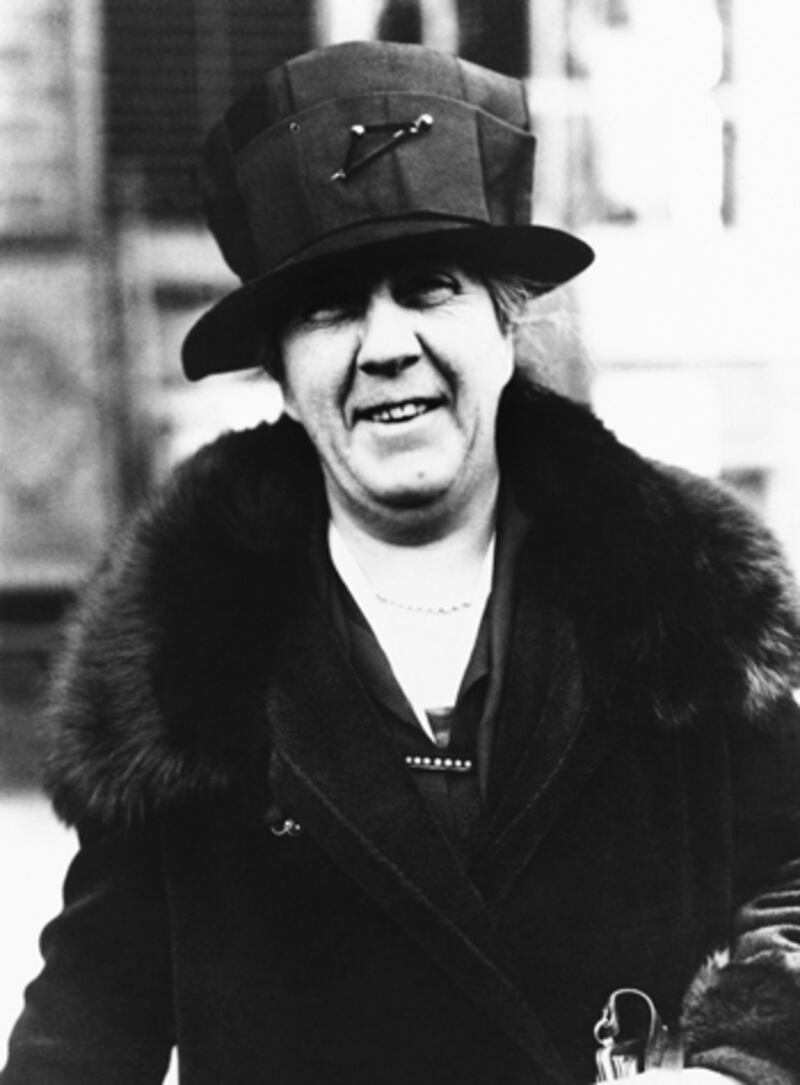
Someone really had it in for New Jersey Rev. Edward W. Hall and his mistress, 34-year-old Eleanor R. Mills, who were found murdered in 1922, lying side by side in a picturesque “lover’s lane” in suburban New Brunswick. Hall and Mills had both been shot in the head, though Mills was shot three times and her throat had also been slit. The couple’s illicit love letters were scattered around their bodies, and the reverend’s calling card was propped up against his feet. It was later determined that while both Hall and Mills were married, the church parish knew of their affair. Though everyone from the Ku Klux Klan to the victims’ spouses and members of the parish were all possible suspects, no one was ever found guilty.
AP Photo
This serial killer who tormented the San Francisco Bay area in the 1960s and ’70s seemed to thrive on his own fame, sending cryptic messages and codes to the press and demanding that they be published. He was believed to have killed six people between 1966 and 1970 without any motive, though he continued to send eerie messages after the murders ceased. There were multiple theories about the man behind the code and his victims, which inspired the 2007 movie Zodiac. In 2011, Corey Starliper of Tewksbury, Mass., claimed he had cracked the Zodiac killer’s most famous 340-character cipher, which appeared to be a rant about suicide with the killer implicating himself as Leigh Allen, a pedophile and sociopath who was a prime suspect in the case. However, Allen, who died in 1992, had passed a polygraph exam during the investigation, and a handwriting expert determined that his writing didn’t match the killer’s.
AP Photo
Anyone who has ever seen The Fugitive (1993) knows the riveting story of Dr. Sam Sheppard and his wife, Marilyn Sheppard, who was found beaten to death in their bedroom in 1954. Sheppard told police he had been hit by a “bushy-haired” intruder and pleaded innocent in his wife’s murder. During his trial, prosecutors argued that Sheppard’s three-year affair with a nurse was a motive for his wife’s murder. Sheppard didn’t deny the affair but maintained he had been sleeping in another room when he awoke to his wife’s screams and ran to her bedroom, where he was knocked unconscious. His lawyer provided medical evidence that Sheppard had suffered a concussion as a result of the blows, which resulted in memory loss and inconsistent testimonies. But the jury wasn’t convinced, and Sheppard was sentenced to life in jail for second-degree murder. After serving nine years, his case went to the Supreme Court, with his lawyer arguing that Sheppard’s rights to due process and a fair trial were violated by the carnival-like atmosphere surrounding the trial. As it turned out, fabricated stories spun by the media had swayed the jury’s sentence, and Sheppard was acquitted. Years later, DNA tests finally cleared him of the murder, and another suspect was named, though never proved guilty.
Getty Images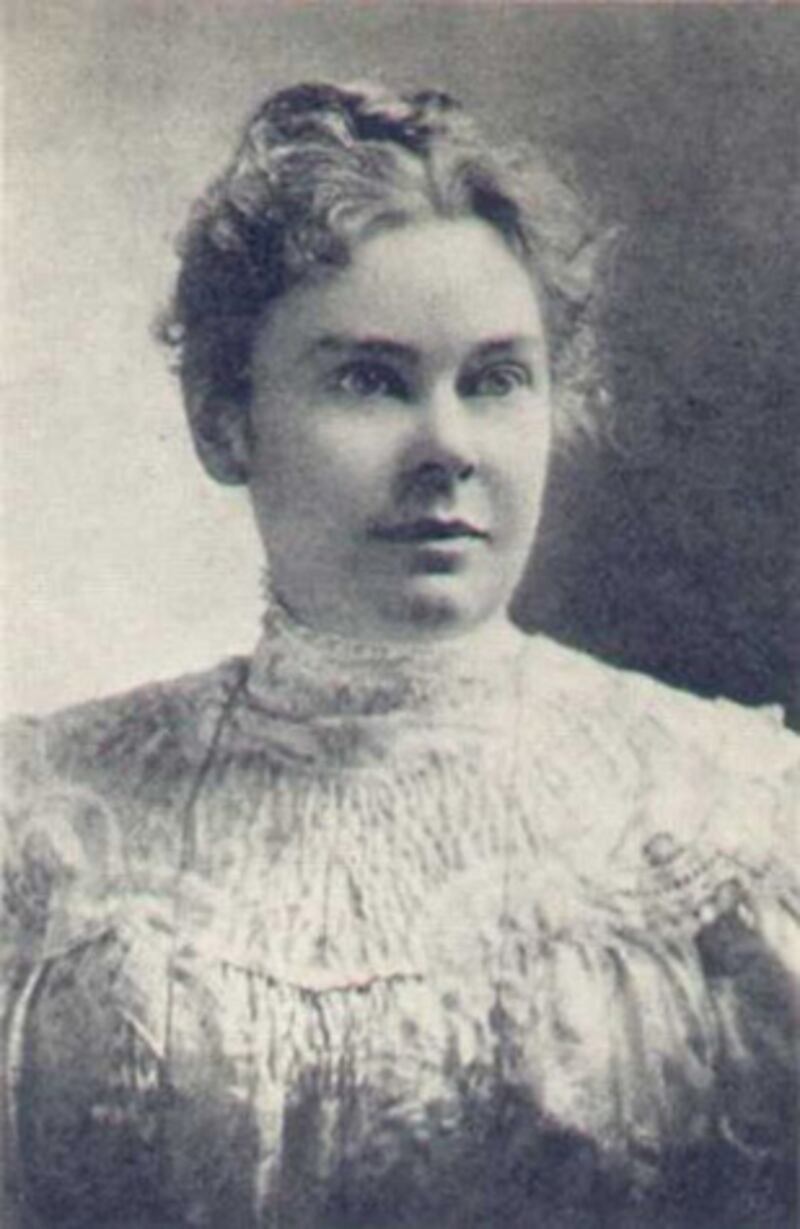
It’s widely believed that, as the popular nursery rhyme goes, “Lizzie Borden took an ax, and gave her mother 40 whacks,” and “when she had seen what she had done, she gave her father 41.” But the murders of Abby and Andrew Borden remain unsolved. In 1892, 32-year-old Borden was accused of hacking up her father and stepmother at their home in Fall River, Mass. The family maid testified that Lizzie screamed that her father had been killed shortly after he returned home from a business engagement. His body was found on a couch in the family sitting room, and minutes later, the maid discovered the stepmother’s body in a bedroom upstairs. Lizzie was arrested on suspicious behavior and inconsistent accounts of the events surrounding her parents’ deaths, though some suspected the maid had committed the crimes. Lizzie spent 10 months in prison, but the jury acquitted her that same year due to lack of evidence. Later, a “handless hatchet” was discovered in the Bordens’ basement, and other documents recently resurfaced to shed new light on the case. Still, the Bordens’ murders remain a mystery.

Anyone over the age of 20 likely remembers the haunting tabloid photos of the young beauty-pageant queen JonBenet Ramsey, who was found dead in the basement of her family’s Boulder, Colo., home on Dec. 26, 1996. That morning, John and Patsy Ramsey had received a ransom note threatening their daughter’s life. That same day, they found the 6-year-old strangled in their basement, days after she had appeared in a Christmas parade. JonBenet’s parents were long believed to be suspects in their daughter’s murder and were only recently cleared of suspicion. John Ramsey recently told ABC News that he regretted his daughter’s participation in pageants at such a young age. Fifteen years after her death, police have yet to find her killer.
Ric Field / AP Photo
Under labor union boss Jimmy Hoffa’s leadership in the 1960s, the Teamsters became the largest single union in the United States. Hoffa mysteriously disappeared in July 1975, more than 10 years after he served time for attempted bribery and fraud, and four years after he resigned as the Teamsters’ president. As the story goes, Hoffa vanished while on his way to meet two mobsters, Anthony Provenzano and Anthony Giancalone, who never showed. Nearly 40 years later, Hoffa’s former driver Marvin Elkind said the union boss had been killed by a mobster and buried beneath the Renaissance Center in Detroit—the foundation of General Motors’ headquarters. According to Elkind, Giancalone announced during a 1985 Teamsters conference in Detroit as they passed the Renaissance Center, “Say good morning to Jimmy Hoffa, boys.” Needless to say, Hoffa’s body was never found.
AP Photo
The “Boy in the Box” murder mystery is as gruesome as it sounds: a naked, badly beaten boy was found dead inside a suspicious-looking box in Philadelphia on Feb. 25, 1957. But there were no clues pointing to the boy’s identity or a potential suspect. Years later, the case was featured on America’s Most Wanted with at least 200 new leads, which, in the end, led nowhere. The boy’s remains were exhumed in 1998.
Matt Rourke / AP Photo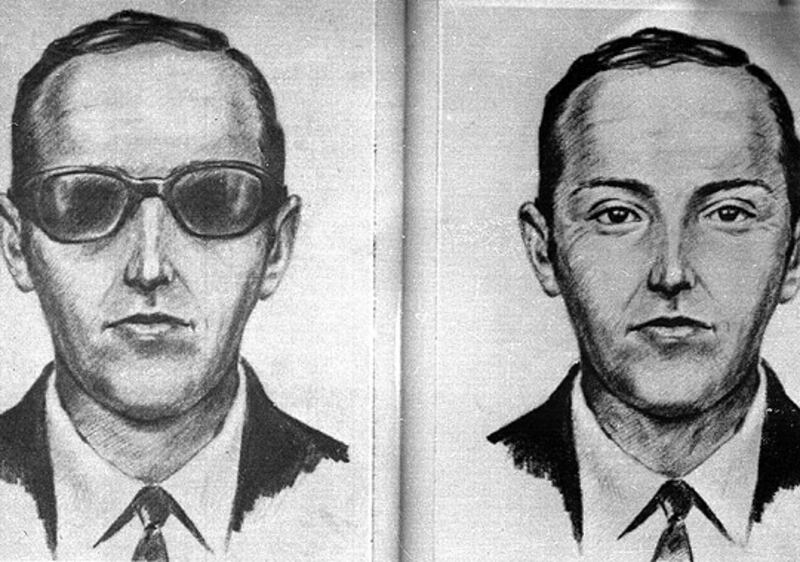
In 1971 a man known as D.B. Cooper boarded a plane from Portland, Ore., to Seattle and quietly threatened to detonate the bomb in his suitcase unless the airline gave him $200,000 in $20 bills and four parachutes upon landing. But that wasn’t the end of his scheme. After retrieving the goods in Seattle, Cooper released everyone on board except one stewardess and both pilots, demanding they fly to Mexico. When the plane finally landed, the rear exit door was open and there was no sign of Cooper. Nine years later, $5,800 in cash was discovered near the Columbia River, and the FBI linked the serial numbers on the bills to the money provided to D.B. Cooper, but the hijacker was never found.
FBI
There’s a reason why over-the-counter pill consumers are cautioned, “Do not use if safety seals are broken.” Over a three-day period in the fall of 1982, seven Chicago residents died after ingesting Tylenol that had been laced with cyanide, according to autopsy reports on the victims. As Tylenol’s parent company, Johnson & Johnson, did damage control, investigators determined that the killer had emptied capsules, filled them with cyanide, and placed them back on store shelves. A man named James W. Lewis was convicted of an extortion attempt after penning a letter to Johnson & Johnson asking for $1 million if he stopped the cyanide murders. He served prison time for the extortion charges, and the case was reopened after he was released. However, after taking DNA samples and fingerprints, the FBI found no evidence that he was the killer.
AP Photo




